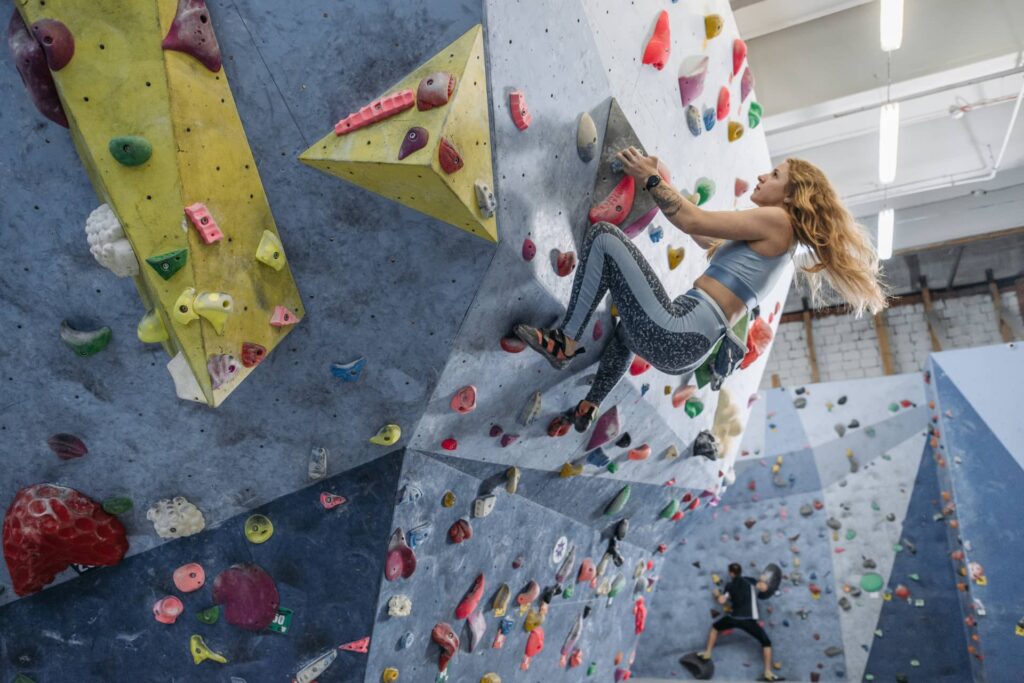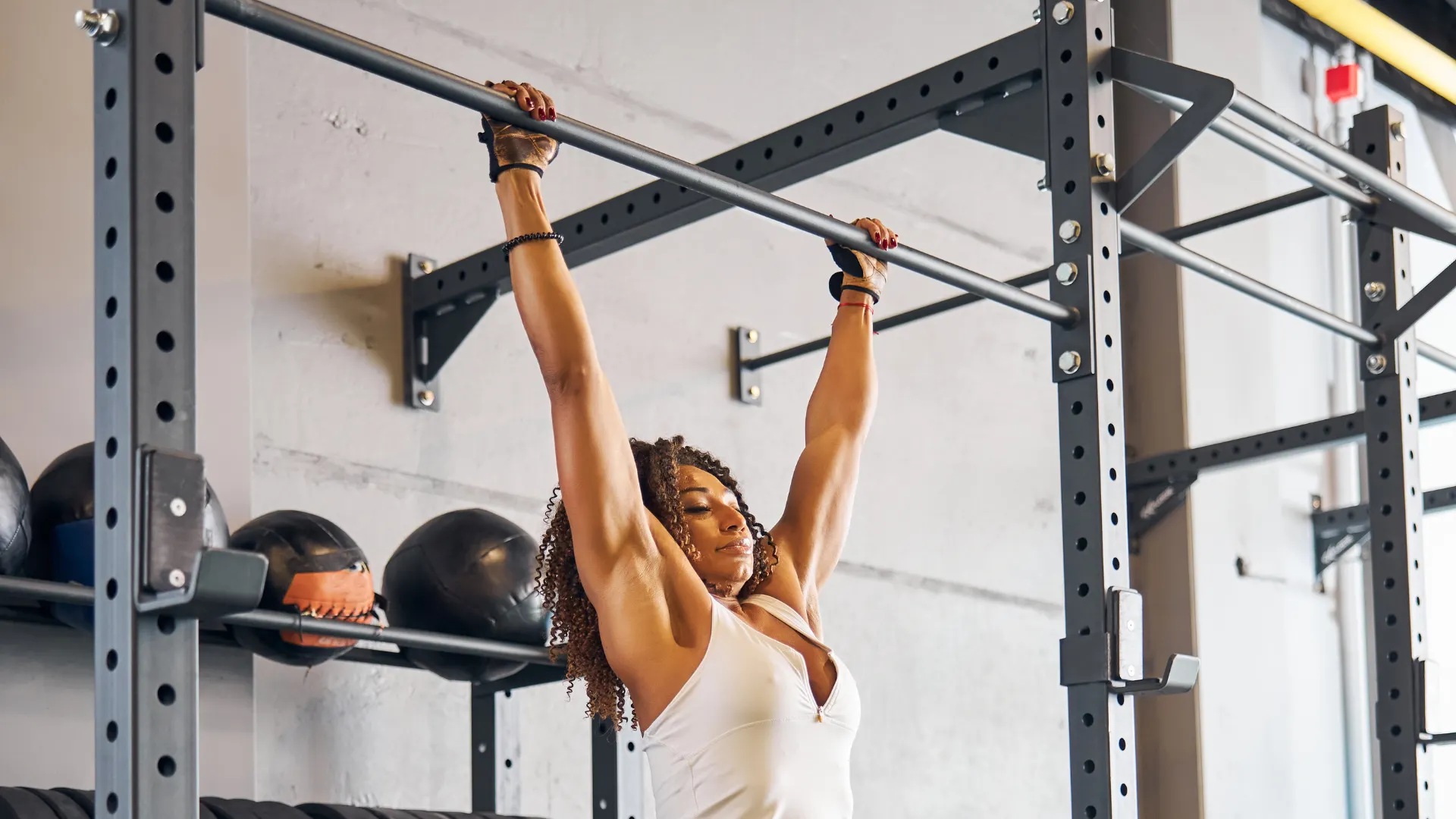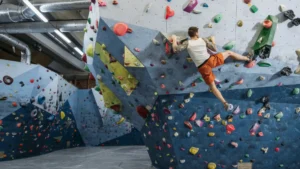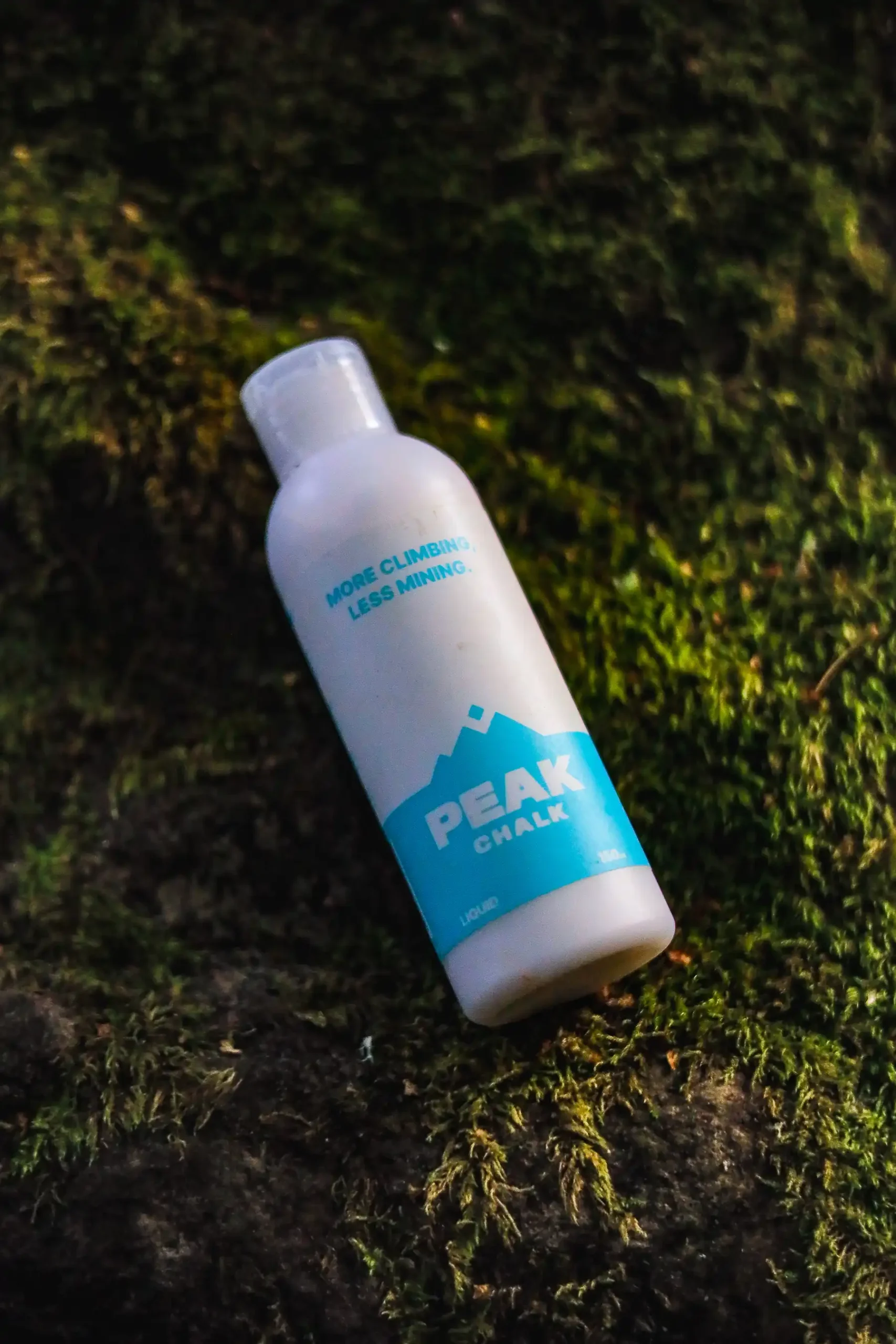Climbing enthusiasts, are you looking for an effective way to improve your climbing performance, strengthen your grip, and enhance your overall fitness? Look no further than a simple yet powerful technique: hanging. In this article, we’ll delve into the remarkable health benefits of hanging for climbers and how it can elevate your climbing game to new heights.

1. Enhances Grip Strength
In the world of climbing, a strong grip is paramount. Whether you’re tackling overhangs, crimps, or slopers, your grip strength can make or break your ascent. Hanging exercises, such as dead hangs or fingerboard hangs, are fantastic for building finger and forearm strength, making it easier to maintain a solid hold on the rock or climbing holds. The dead hang benefits to your grip strength cannot be underestimated!
2. Improves Finger Flexor Strength
Climbers often depend on their finger flexor muscles to latch onto holds with precision. Hanging targets these muscles directly, promoting hypertrophy and endurance. As a result, you’ll notice a significant improvement in your ability to crimp and maintain finger strength during long climbs.
3. Develops Upper Body Strength
Climbing is not just about strong fingers; it requires a robust upper body as well. Hanging engages the muscles of the back, shoulders, and arms, helping you develop the strength needed for various climbing movements, including pull-ups, lock-offs, and dynos. The benefits of hanging can significantly improve your abilities on and off the wall.
4. Enhances Shoulder Stability
Hanging exercises are also excellent for shoulder health and stability. Regular hanging helps in decompressing the shoulder joints and stretching the surrounding muscles, reducing the risk of injuries like impingement. It’s a crucial component of injury prevention for climbers who frequently strain their shoulders.
5. Alleviates Lower Back Pain
Hanging benefits climbers who often experience lower back discomfort due to the repetitive nature of the sport. Dead hangs can help alleviate this pain by stretching the spine and promoting better spinal alignment. Incorporating hanging exercises into your routine can be a game-changer for climbers suffering from chronic back issues.
6. Aids in Core Strength Development
While hanging primarily targets the upper body, it also engages the core muscles. To maintain stability during hanging exercises, your core has to work to keep your body straight. This leads to improved core strength, essential for maintaining balance and control on the wall.
7. Enhances Flexibility
The hanging exercise benefits your flexibility which is often an overlooked aspect of climbing. Hanging stretches the muscles and tendons of the arms and upper body, which can increase overall flexibility. Improved flexibility can lead to better movement range and technique while climbing.
8. Mental Benefits
Beyond the physical advantages, hanging benefits the mental health of a climber who has a meditative approach to the exercise. They provide an opportunity for mindfulness and focus as you hang, concentrate on your breath, and tune into your body. This can translate to improved mental resilience on the wall.
How to Incorporate Hanging into Your Climbing Routine
To harness these health benefits, consider adding dead hangs into your climbing training regime. Invest in a quality climbing hangboard or use hanging holds at your local gym. Start with short hang times and gradually increase the duration as your strength and endurance improve.
Conclusion
Hanging for climbing offers a multitude of health benefits that can significantly enhance your climbing performance and overall well-being. Whether you’re a beginner or an experienced climber, incorporating hanging exercises into your training routine can help you reach new heights in your climbing journey. Don’t forget to complement your hanging routine with proper climbing chalk for a secure grip and smoother climbs. So, harness the power of hanging and get ready to conquer those challenging routes with confidence and strength. Happy climbing!
Remember, always consult with a fitness professional or healthcare provider before starting a new exercise routine, especially if you have any pre-existing medical conditions or injuries.








